The Ultimate Two-Week California Road Trip (With Local Tips At Every Stop)

Skip the tourist traps and see California like a local. This two-week road trip takes you from sun-drenched beaches to redwood forests, from buzzing cities to small towns with real character. You’ll hit the best-known sights—but with smarter routes, local food, and timing tips that help you avoid the crowds.
This isn’t the version of California built for postcards. It’s the one where locals actually hang out, eat well, and slow down enough to enjoy the good stuff. All in just 14 days.
1. Route Overview: From Beaches To Redwoods
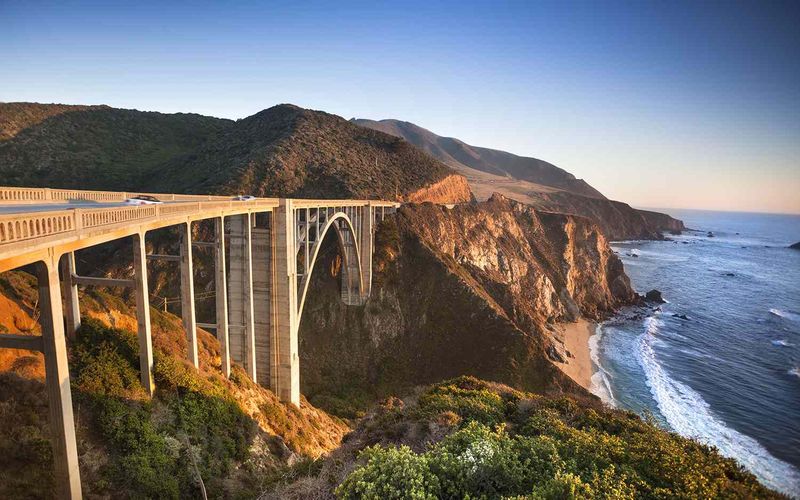
Your epic journey begins in the southernmost reaches and winds northward through diverse landscapes that showcase everything the Golden State offers. California’s coastline provides the perfect backbone for this adventure, connecting vibrant cities with peaceful retreats.
Spring and fall deliver ideal weather conditions, fewer crowds, and reasonable accommodation prices. Budget three days minimum for major cities, two days for coastal towns, and always book lodging ahead during peak seasons.
2. Days 1-2: America’s Finest City Welcomes You
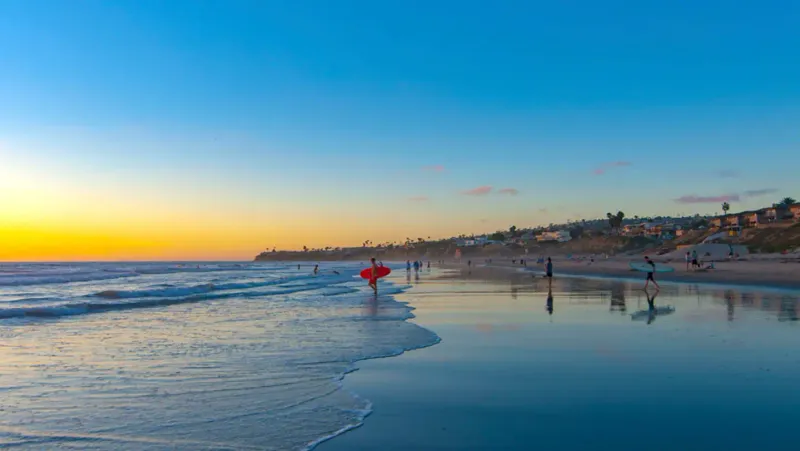
Sunshine greets you year-round in this laid-back coastal paradise where flip-flops count as formal wear. San Diego locals skip the touristy Gaslamp Quarter for neighborhoods like North Park and Hillcrest, where craft breweries and taco shops reign supreme.
Balboa Park offers free outdoor concerts most weekends. Mission Beach provides the perfect introduction to California’s surf culture without the pretension found elsewhere along the coast.
3. Day 3: Artistic Coastal Charm Beyond The Crowds
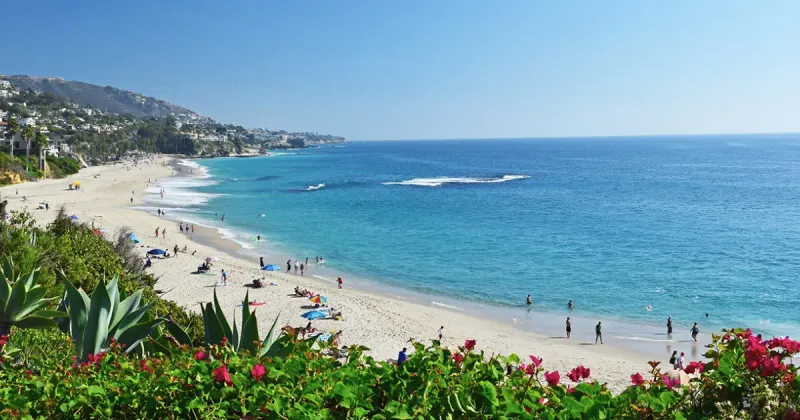
Art galleries nestle between rugged cliffs where local painters capture sunset masterpieces daily. Orange County’s crown jewel attracts visitors, but locals know to visit Main Beach early morning or late afternoon for the best light and fewer people.
Skip expensive restaurants for Zinc Cafe’s fresh fare. The Sawdust Art Festival runs summer months, showcasing regional artists who actually live and work in these coastal communities year-round.
4. Days 4-5: Navigating The City Of Angels Like A Local
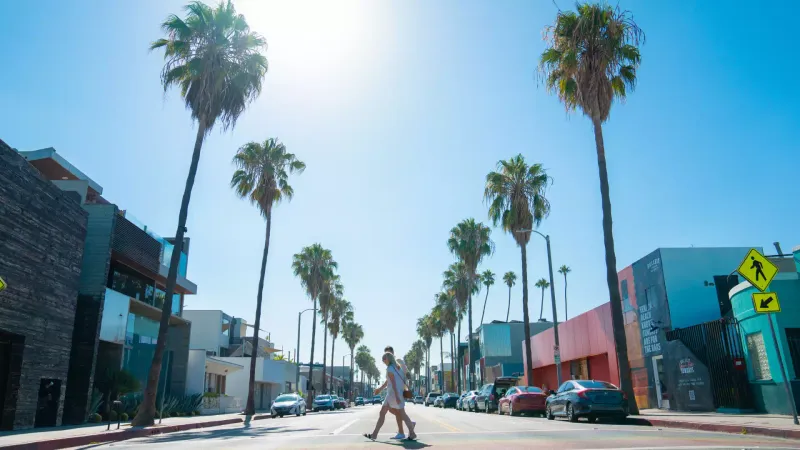
Sprawling metropolis intimidates newcomers, but smart travelers focus on specific neighborhoods rather than attempting citywide conquest. Los Angeles locals avoid Hollywood Boulevard entirely, preferring Silver Lake’s coffee culture or Venice’s authentic beach vibes over sanitized attractions.
Public transportation actually works well for tourist destinations. Food trucks serve better meals than many restaurants, and hiking Griffith Observatory at sunrise beats any expensive tour.
5. Day 6: Spanish Colonial Paradise By The Sea
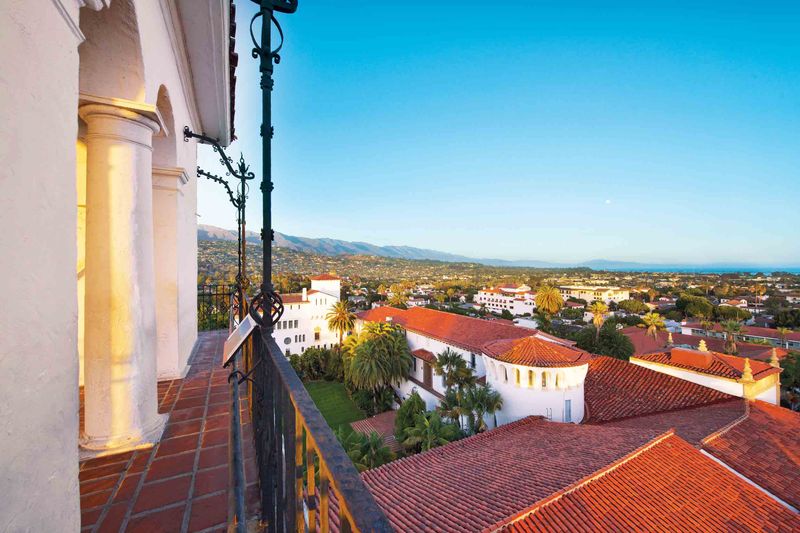
Red-tiled roofs and white stucco buildings create a Mediterranean atmosphere that feels transported from another continent. Santa Barbara locals frequent State Street’s lower section for authentic Mexican food and avoid the wharf area during cruise ship days.
Butterfly Beach offers stunning sunset views without parking fees. The courthouse’s clock tower provides panoramic city views for free, while wine tasting in nearby valleys costs significantly less than Napa.
6. Day 7: Central Coast Wine Country Meets Beach Town Vibes

College town energy mixes perfectly with wine country sophistication in this central coast gem. San Luis Obispo and Pismo Beach offer contrasting experiences within thirty minutes of each other – historic missions and bustling student life versus sandy dunes and clam chowder.
Thursday farmers markets showcase local produce. Pismo’s dunes allow ATV adventures, while SLO’s Thursday night street fair brings the community together weekly.
7. Day 8: Dramatic Coastline That Defines California Dreams

Winding roads carved into cliffsides create one of America’s most breathtaking drives, where every turn reveals another postcard-worthy vista. Big Sur demands patience – narrow lanes and frequent stops mean this stretch takes twice as long as expected.
McWay Falls offers the classic waterfall-meets-ocean photo opportunity. Nepenthe Restaurant provides expensive but unforgettable dining with views that justify the splurge for special occasions.
8. Days 9-10: Aquarium Wonders Meet Fairy Tale Villages

Marine life thrives in protected bay waters while storybook cottages create an enchanted village atmosphere just miles away. Monterey and Carmel-by-the-Sea complement each other perfectly – world-class aquarium and Fisherman’s Wharf versus art galleries and dog-friendly beaches.
Locals recommend visiting the aquarium on weekday mornings. Carmel’s white sand beach allows leash-free dogs, and the town’s fairy-tale architecture makes every street corner Instagram-worthy.
9. Day 11: Surf Culture Meets Nostalgic Boardwalk Fun
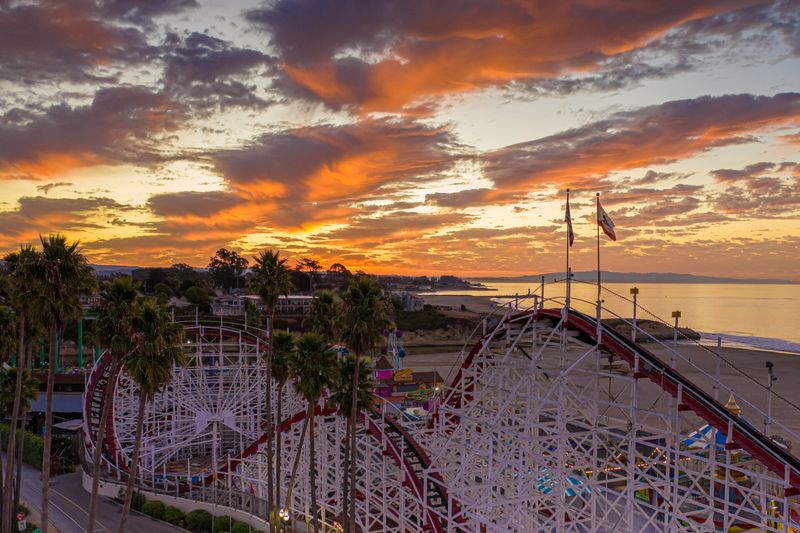
Vintage amusement park rides overlook world-class surf breaks where locals have perfected their craft for generations. Santa Cruz balances laid-back beach culture with university town intellectual energy, creating a unique atmosphere found nowhere else along the coast.
The boardwalk’s Giant Dipper roller coaster dates to 1924. West Cliff Drive offers perfect sunset viewing, while downtown’s Pacific Avenue showcases local artists and musicians daily.
10. Days 12-13: Fog City’s Hidden Neighborhoods And Local Flavors

Steep hills and swirling fog create an urban landscape unlike any other American city, where each neighborhood feels like a separate village. San Francisco locals avoid Fisherman’s Wharf completely, preferring Mission District’s authentic Mexican food or Chinatown’s dim sum parlors.
Public transportation covers most tourist destinations efficiently. The Castro, Haight-Ashbury, and North Beach each offer distinct cultural experiences within walking distance of excellent local restaurants.
11. Day 14: Ancient Giants And Coastal Wilderness Finale
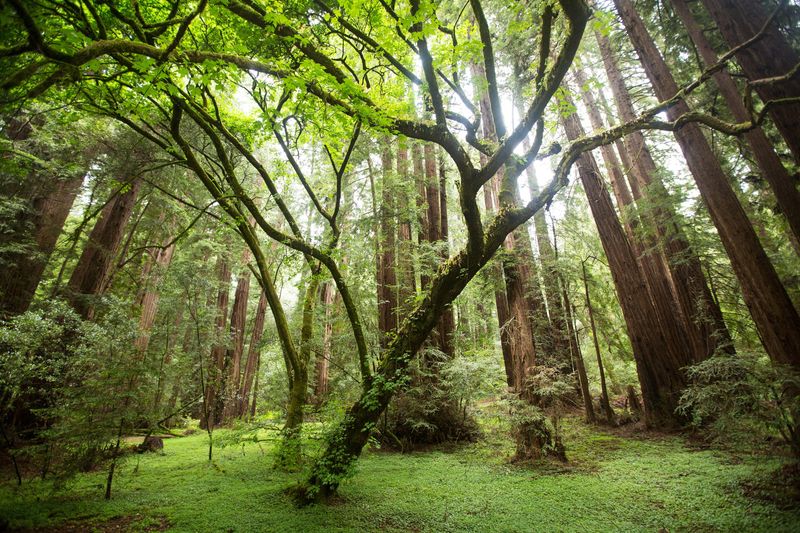
Thousand-year-old redwoods tower overhead while dramatic coastal bluffs complete your California adventure with natural grandeur. Muir Woods and Point Reyes offer the perfect finale – ancient forest tranquility followed by windswept lighthouse views.
Arrive at Muir Woods before 9 AM to avoid crowds and secure parking. Point Reyes lighthouse requires a steep hike down, but whale watching opportunities make the effort worthwhile during migration seasons.
12. Local Navigation Secrets For Every Stop
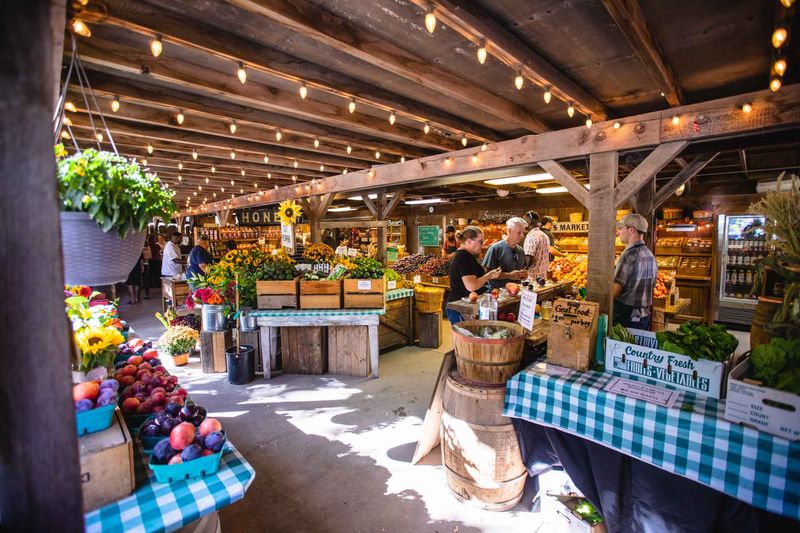
Every destination along your route has insider tricks that separate tourists from temporary locals who know how to navigate smartly. Parking apps like SpotHero save money in cities, while coastal towns often offer free parking just blocks from paid beach lots.
Weekday mornings provide the best experience at popular attractions. Local farmers markets happen weekly and showcase regional specialties while supporting community businesses.
13. Regional Food Specialties Worth The Detour
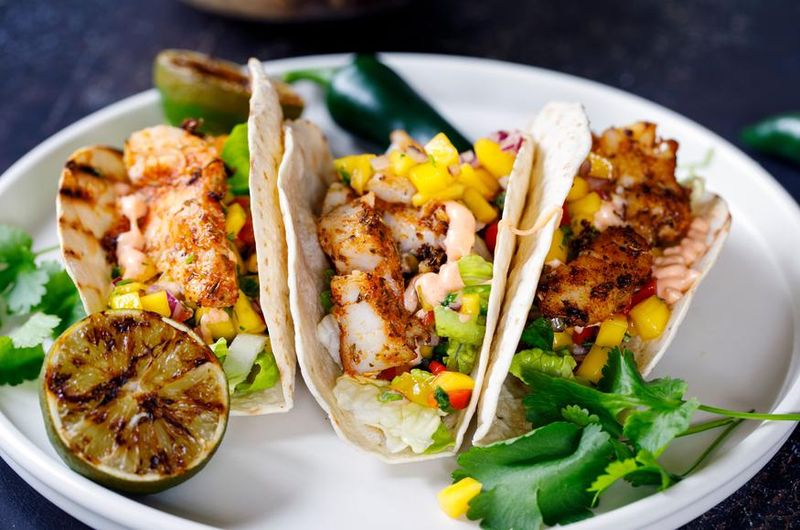
Each region along your journey offers distinctive culinary experiences that reflect local culture and geography perfectly. Southern areas excel at Mexican-influenced cuisine, while northern regions showcase farm-to-table restaurants and world-renowned wine country.
Fish tacos originated in San Diego. Monterey County produces most of America’s artichokes. Napa Valley alternatives exist throughout the state, offering excellent wine tasting without premium pricing.
14. Timing Your Journey For Perfect Weather And Fewer Crowds

Weather patterns vary dramatically across your route, making timing crucial for optimal experiences at each destination. Coastal areas maintain mild temperatures year-round, while inland regions experience more seasonal variation.
April through June and September through November offer ideal conditions statewide. Summer brings crowds and higher prices, while winter provides excellent storm watching and reduced accommodation costs along the coast.
15. Smart Packing For Diverse Climates And Activities

Microclimates throughout your journey require versatile clothing options that adapt to changing conditions throughout single days. Coastal fog can drop temperatures 20 degrees within miles, while inland areas bake under intense sunshine.
Layering proves essential everywhere. Comfortable walking shoes work for most activities, while a light jacket handles evening temperatures. National park passes save money if visiting multiple locations.
16. Budget-Smart Strategies Without Sacrificing Experience

Smart spending allows incredible experiences without breaking the bank, focusing money on unique opportunities while saving on everyday expenses. State parks offer camping alternatives to expensive hotels, while food trucks provide gourmet meals at fraction of restaurant prices.
Happy hours extend beyond bars to include museum discounts and early bird restaurant specials. Many beaches, hiking trails, and scenic viewpoints cost nothing but provide memories worth thousands.
